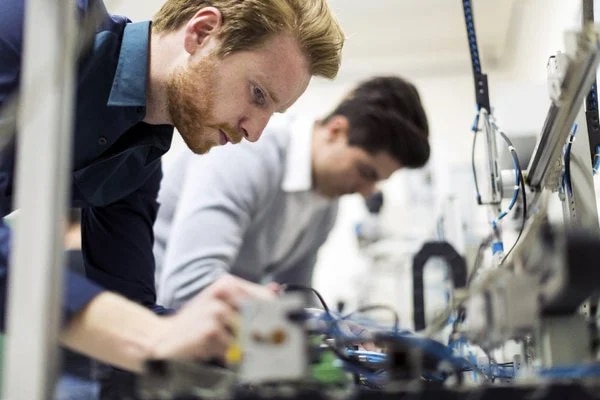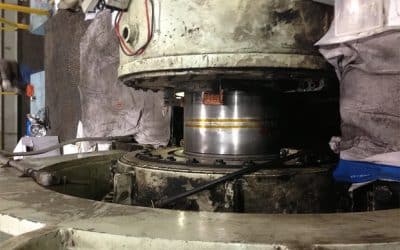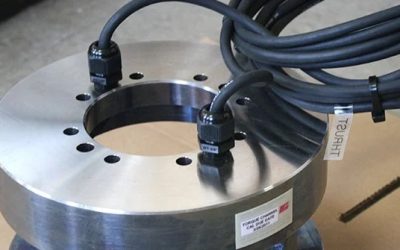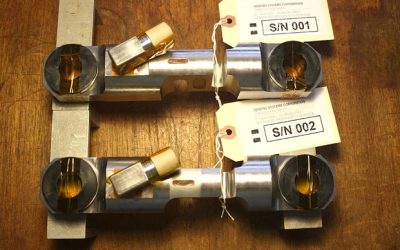Basic Facts
Improving Efficiencies for Manufacturing Facilities with Strain Gauge Technology

As an owner or manager in a manufacturing facility, you are likely always looking for ways to improve your production, and your business overall. Technology can most certainly be a key role in improving your production processes. Like any other manufacturing operation, you may have machinery designed to handle a specific task of the overall process. These tasks may include the need of measuring weight or force. And to measure this data you need technology such as strain gauging and custom load cells.
What is a Load Cell?
A load cell, to put it in simple terms, is a piece of technology, which takes the weight of an object and translates it into electrical output. They are used in a variety of applications, with more uses being found nearly every day. This is why the market in this technology is expected to increase by millions of dollars over the next five years. Whatever you need it for, you can likely find a load cell that will do the job.
What is Strain Gauging Technology?
Strain gauging technology is placed in load cells to measure the strain or force pressing against the load cell to then provide you a reading. Often strain gauge technology is coupled with load cells, but it’s not necessarily the case, load cells may use other technology as well.
How can this technology help me?
This technology helps your company in numerous ways, but the three, biggest benefits are efficiency, cost effectiveness, and accuracy. These benefits tie into one another as well. Strain gauging allows you to maintain a high level of accuracy, which cuts down on errors, making you more efficient. With fewer errors and higher efficiency, you can cut down your production costs. In fact, technology such as electrochemical fatigue crack sensor systems is able to find cracks as tiny as 0.01 inches in a real structure. In addition, load cells and torque sensors work in a wide temperature range, from -452 degrees Fahrenheit to 450 degrees Fahrenheit.
Are you thinking about investing in measurement tools and custom load cells? How do you think they would benefit your company the most?
Basic Fundamental Facts
How To Ensure Torque Sensor Accuracy
Basic Facts When it comes to an accurate manufacturing process,...
Load Cell Troubleshooting: 5 Factors That May Affect Maintenance
Basic Facts Load cell troubleshooting is essential to obtain...
Custom Load Cell Applications and Uses
Basic Facts Load cells are an essential portion of many...



